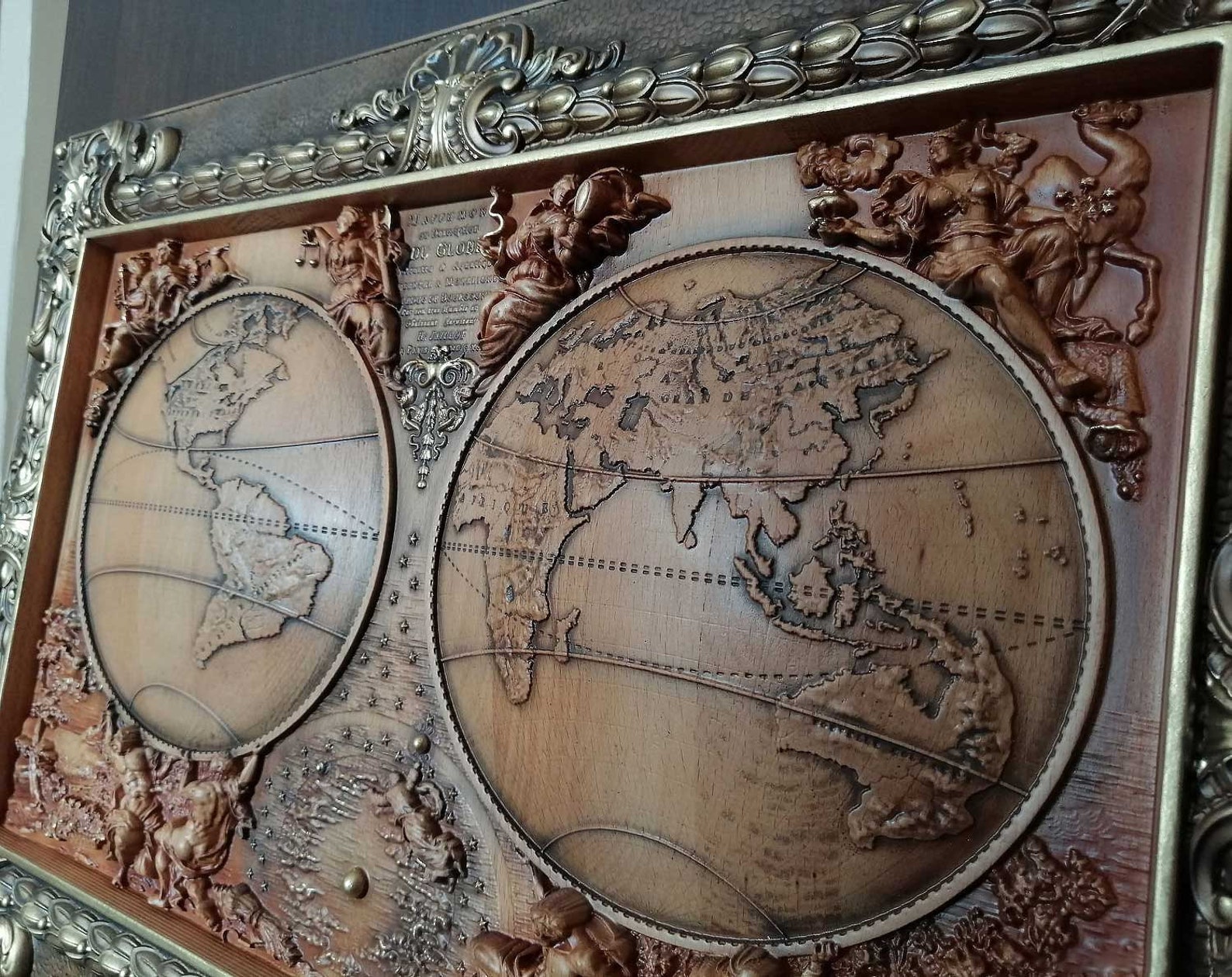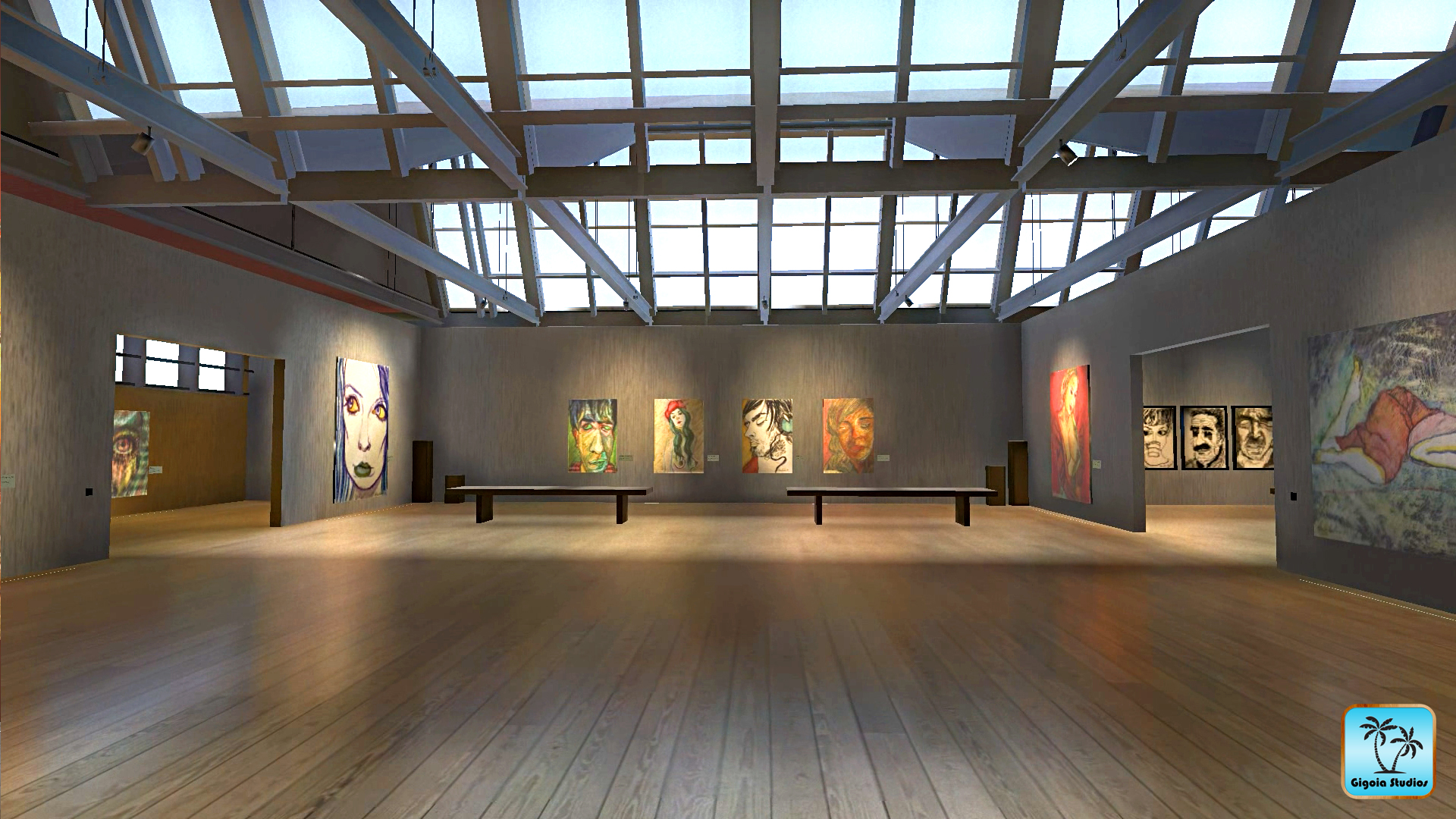
When you have completed setting all the parameters in both the Film Options tab and the General Parameters tab of the Artwork Control dialog box, do one of the following:Ĭlick Load to add a previously created film record text file.Ĭlick Create Artwork to generate artwork for the films you have selected. You can manipulate the film records and layers by right-clicking the record or layer and choosing options from the pop-up box.Ĭomplete the Film Control tab of the Artwork Control Form dialog box.Ĭhoose the General Parameters tab and set the photoplotter model type and associated parameters. Repeat steps 4 to 6 for any other film records that you want to create. In the New Film field of the dialog box that appears, enter a new film name for the Gerber data file and then click OK. To add a new record, right-click one of the film records listed in the Available Films list. Click Pop Out and then you'll see the Insert menu and the Clip Art icon.) The Clip Art task panel appears on the right side of the application window. (In Outlook, when you're using the Reading pane, there isn't an Insert menu.
#VIEW .ART FILES UPDATE#
Once you click OK in this dialog box, the editor does not automatically update the list again. On the Insert tab of the toolbar ribbon, in the Images section, select Clip Art. The record consists of etch, pins, and vias. When the Artwork Control dialog box initially opens, it reads the cross-section and auto-generates one film record for each etch subclass. Run the film param command or Manufacture - Artwork. In each group (Geometry, Manufacturing, Stack-Up, Components, and Areas), turn off all the classes and subclasses and then choose the classes and subclasses that you want included in the Gerber data. Run the color command or Display - Color/Visibility to display the Color and Visibility dialog box. The classes and subclasses to include in each artwork data file The names it assigns to the artwork data files It reads these records to determine the following: To produce artwork data files, the editor reads the film control records that you create in a layout.

Shown below are the detailed steps from CDSDDoc for creating film recordsĬreating Film Records for a Gerber Data File

It details all the steps for creating artwork etc. I highly reccomend you review the Online documentation, Allegro PCB Editor User Guide: Preparing Manufacturing Data, Product Version 15.7


 0 kommentar(er)
0 kommentar(er)
